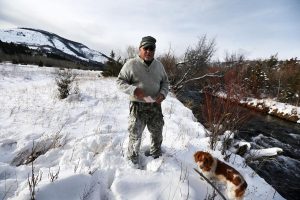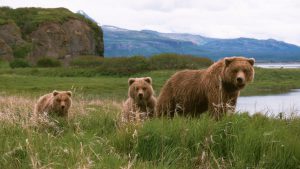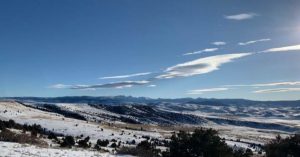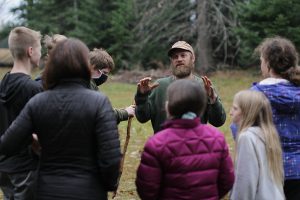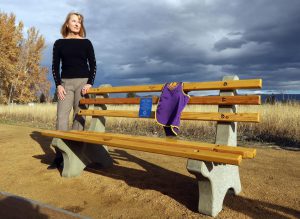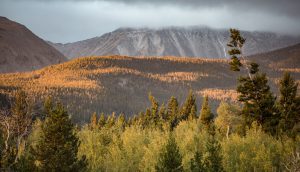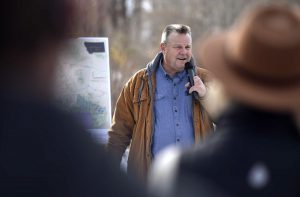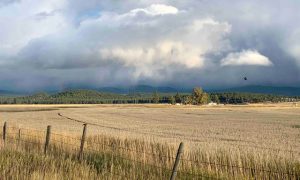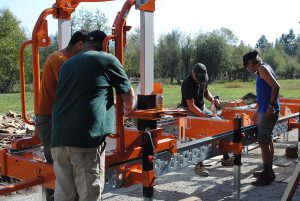Two MALT members – The Montana Land Reliance and Kaniksu Land Trust – briefly occupy center stage in two different articles in the current edition of the Land Trust Alliance’s Saving Land Magazine.
The MLR connection is within the article (starting on page 24) about the enhanced federal tax incentive that MLR led the effort to pass in 2015. The article highlights the value of the tax incentive and includes several case examples of how the tax incentives have been productive in conservation land, and one example is Rick Berg and the Berg Ranch in central Montana. Berg is also a longtime MLR board member.
From the article: “It’s been a big help. Once in a while in the cattle business we’ll have a great year, and it’s been very beneficial to use the charitable tax deduction to save the money that would have been paid as income tax and use it in the bad years,” said Berg. It will help his daughter Kari, too, who moved back to the ranch with her husband and two children in 2012 and took over most of the management. “So they’re the fifth generation, and I’ve got grandkids just down the road who may become the sixth generation and will keep this thing going. It’s been a pretty amazing family legacy.”
Kaniksu Land Trust contributes to an article (starting on page 14) titled “For the Long Haul: Protecting Nature’s Stage in the Pacific Northwest.”
The article highlights the Pacific Northwest Resilient Landscapes established by the Land Trust Alliance and others, and how KLT has participated in that initiative.
From the article: KLT a small accredited land trust with a large service area in Idaho and Montana that stretches from Rocky Mountain summits to fertile river valleys, the Conservancy’s data will enable more strategic and thoughtful conservation and help “to elevate the organization’s work to the next level,” notes Kaniksu’s conservation director, Regan Plumb.
With Initiative support, Kaniksu is working with a spatial ecologist at the Heart of the Rockies Initiative (HOTR), a regional conservation collaborative, to develop a strategic conservation plan that will pinpoint areas with notable climate resilience (alongside parameters set by the organization’s board of directors). Given that Kaniksu lacks in-house capacity for GIS map development, Plumb is grateful that the Initiative “brought us this opportunity” to collaborate with HOTR, who she notes has been “a wonderful partner to us.”
